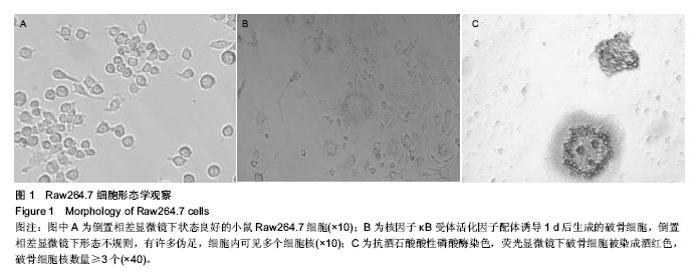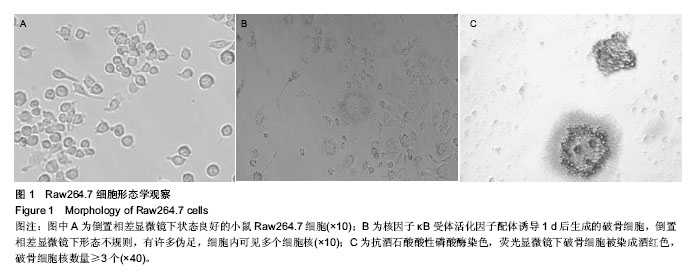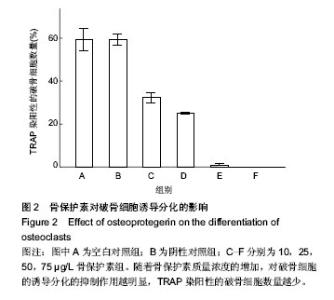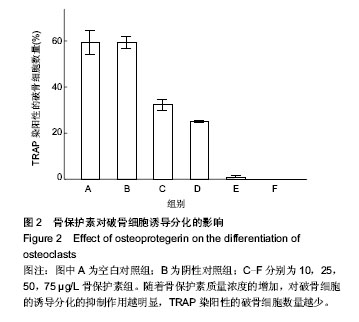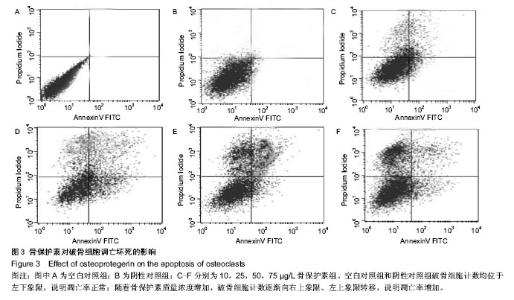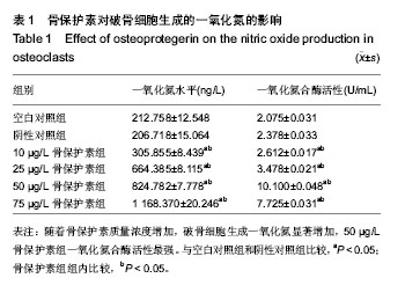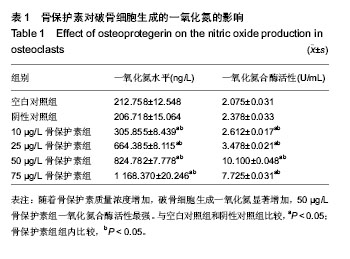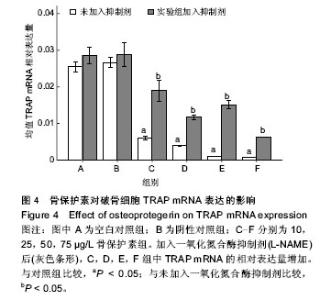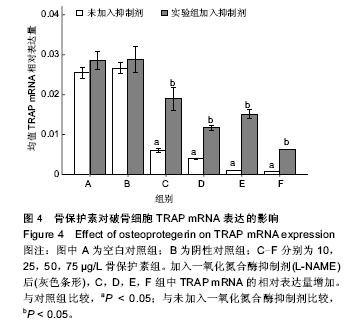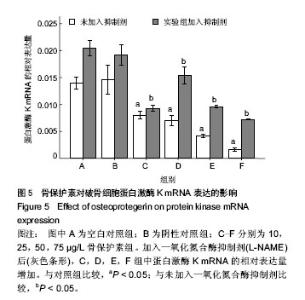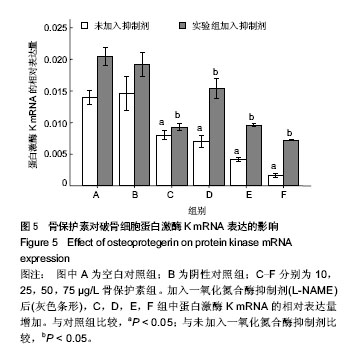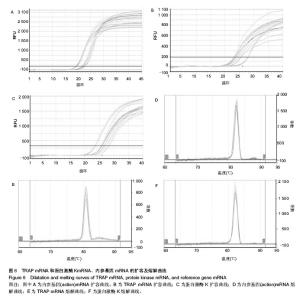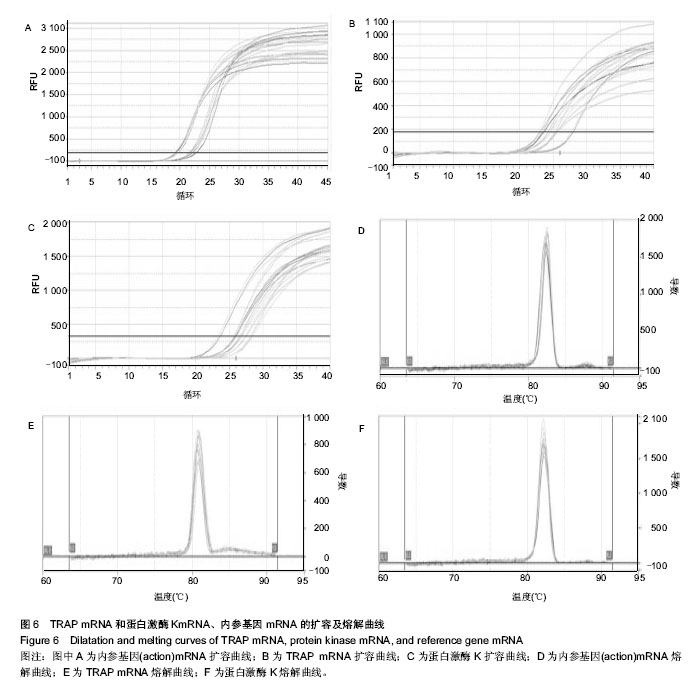| [1] Simonet WS, Lacey DL, Dunstan CR, et al.Osteoprotegerin: a novel secreted protein involved in the regulation of bone density. Cell.1997;89(2): 309-319.
[2] 杨佳伟,饶利亚,毛奕,等,骨保护素不同层面对内皮细胞的影响[J]. 心脏杂志,2013(6): 649-653.
[3] 付应霄,顾建红,赵鸿雁,等,骨保护素对破骨细胞活性的影响[J].中国兽医学报,2013,33(5):738-741.
[4] Wang QP, Li XP, Wang M,et al.Adiponectin exerts its negative effect on bone metabolism via OPG/RANKL pathway: an in ivo study. Endocrine. 2014 Mar 14. [E pub ahead of print].
[5] Inanc M, Kaynar L, Enhos S, et al.Nuclear factor-kappa B ligand and osteoprotegerin levels in serum and gingival crevicular fluid in patients with bone metastases treated with zoledronic acid. Med Oncol.2014;31(3):837.
[6] Wang B, Jin H, Zhu M,et al.Chondrocyte beta-catenin signaling regulates postnatal bone remodeling through modulation of osteoclast formation in a murine model. Arthritis Rheumatol. 2014; 66(1):107-120.
[7] Klein-Nulend J, van Oers RF, Bakker AD,et al.Nitric oxide signaling in mechanical adaptation of bone. Osteoporos Int. 2014;25(5):1427-1437.
[8] Buso G, Faggin E, Pauletto P, et al.Osteoprotegerin in Cardiovascular Disease:Ally or Enemy? Curr Pharm Des. 2014 Feb 12. [Epub ahead of print].
[9] Kitaura H, Kimura K, Ishida M,et al.Effect of cytokines on osteoclast formation and bone resorption during mechanical force loading of the periodontal membrane. Scientific World J. 2014;2014:617032.
[10] Wimalawansa SJ.Rationale for using nitric oxide donor therapy for prevention of bone loss and treatment of osteoporosis in humans. Ann N Y Acad Sci. 2007;1117: 283-297.
[11] Park EJ, Shen L, Sun D, et al.Inhibitory Effect of a Callophycin A Derivative on iNOS Expression via Inhibition of Akt in Lipopolysaccharide-Stimulated RAW 264.7 Cells. J Nat Prod. 2013. [Epub ahead of print]
[12] 杨伟,李裕舒,段卡丹,等.骨保护素对脐静脉内皮细胞生长的影响[J].临床心血管病杂志,2010,26(4):307-310.
[13] Hakimi M, Hyhlik-Dürr A, von Au A, et al.The expression of glycophorin A and osteoprotegerin is locally increased in carotid atherosclerotic lesions of symptomatic compared to asymptomatic patients. Int J Mol Med.2013;32(2):331-338.
[14] Park YJ, Shin YJ, Kim WU, et al.Prediction of subclinical atherosclerosis by serum osteoprotegerin in premenopausal women with systemic lupus erythematous: correlation of osteoprotegerin with monocyte chemotactic protein-1. Lupus. 2014; 23(3): 236-244.
[15] Augoulea A, Vrachnis N, Lambrinoudaki I, et al.Osteoprotegerin as a marker of atherosclerosis in diabetic patients. Int J Endocrinol. 2013;2013:182060.
[16] 肖本熙,张燕军,王端,等.白藜芦醇对去卵巢大鼠腰椎骨密度及NO、NOS影响[J].中国公共卫生,2014,05:632-634
[17] 张世旭.不同剂量L-arg对大鼠骨质疏松骨折骨愈合及血清NO、NOS的影响[D].太原:山西医科大学,2013.
[18] Joshua J, Kalyanaraman H, Marathe N, et al. Nitric oxide as a mediator of estrogen effects in osteocytes. Vitam Horm. 2014; 96:247-263. |
